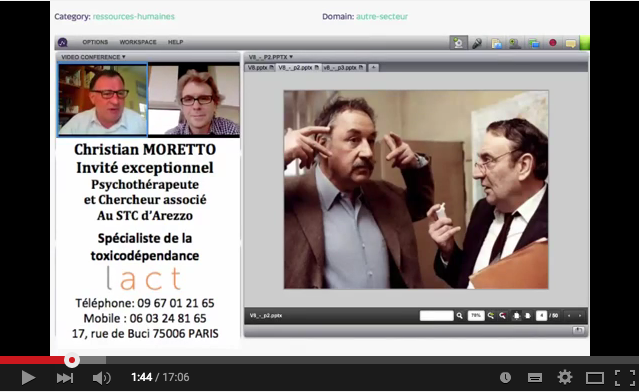 Here is an example of a simple intervention at the professional level that can change a lot of things.
Here is an example of a simple intervention at the professional level that can change a lot of things.
Faced with addictive behavior at work, the first thing to do is to refer to the internal regulations which generally specify whether or not it is possible to consume alcohol within the company and/or prohibit the presence of certain products. and materials.
A test of these internal rules with an addicted employee can lead him to put words to a possible problem and to find help from the manager, health officials... in short, to rely on different levers.
The therapeutic intervention process in a company is as follows:
- Determine what you can do
- Define the problem
- Define aims
- Organize a 1st interview, then a 2nd to observe the facts and see if there has been an evolution between the two sessions
How to spot an addicted employee?
We must pay attention to an employee who we notice that he has different behaviors and observe whether this change is temporary or chronic.
This change can result in a drop in performance, aggressiveness, a set of facts relating to the company...
In this professional context, the therapist must limit his intervention exclusively to the addiction which influences the performance of the company. However, he has the obligation to make a link between the facts observed and the problem identified and to report them; otherwise, he implicitly makes himself an accomplice because "he who does not say a word consents". If he identifies something that affects safety, he must intervene immediately.
The 1st interview is only based on partial observations ; it seeks to highlight a danger to others, to oneself, a loss of performance, the passage from one state to another state.
The objective is to respect the interview approached in a legitimate context, that of the company, to resist colleagues, family, to establish a climate of trust. Diagnosis should be avoided.
This context inevitably influences the attitude of the employee: he can no longer act as if he did not know. And he knows that we know. He will therefore be led to modify his behavior, to consume less alcohol for example.
The 2nd interview is made to pick up things where we left off, as if nothing had happened. And then we see whether there has been an improvement or not.
This feedback phase is often difficult; it must be foreseen, and we continue the observation during this second session.
If there is no change, we thank the person and try to find explanations with them. And we are going to explain to him that his hierarchy can understand and offer him help because it is fundamental for all the protagonists to respect the person in his work.